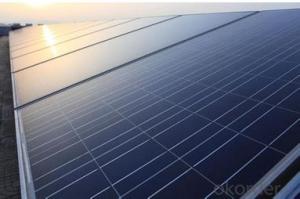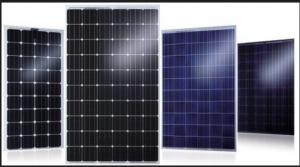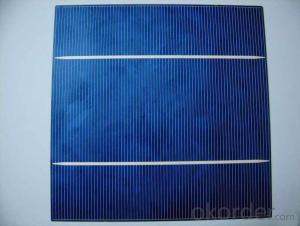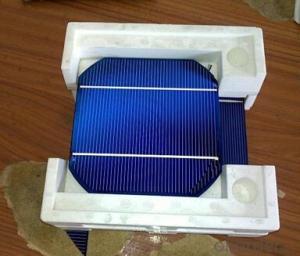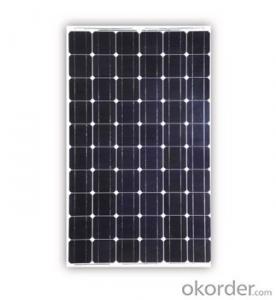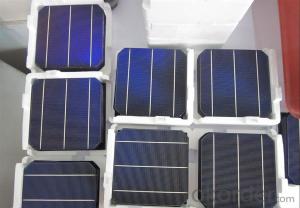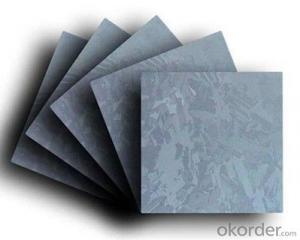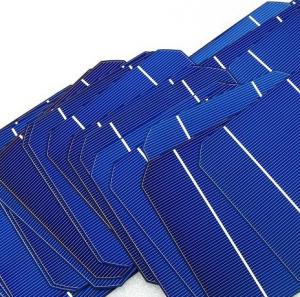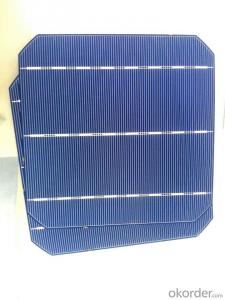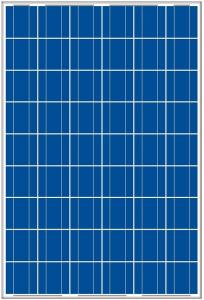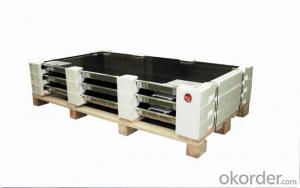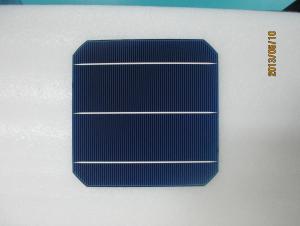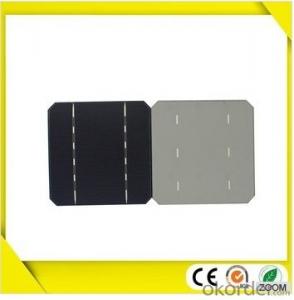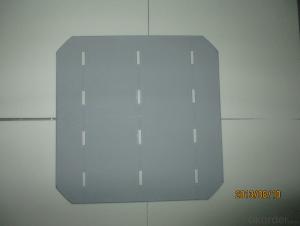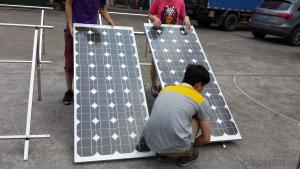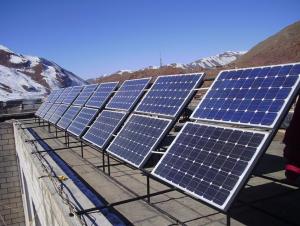Silicon Solar Cell Efficiency
Silicon Solar Cell Efficiency Related Searches
Solar Panel Inverter For Rv Solar Panel Kit With Inverter Inverter Used In Solar Panel Best Inverter Solar Panel Solar Panel On Roof Rack Solar Panel To 240v Inverter Solar Panel To Inverter Ratio Solar Panel Mini Inverter Solar Panel Inverter Battery Solar Panel Inverter BoxHot Searches
Type Of Inverter For Solar Price Of Silicon Solar Cells Best Type Of Solar Cells Solar Grade Silicon Price Type Of Solar Inverter Evacuated Tube Solar Collectors Price Lorentz Solar Pumps Price Cost Of Evacuated Tube Solar Collectors Solar Panel Inverter Size Solar Panel Inverter Suppliers Solar Inverter Solar Panel Tesla Solar Panel Inverter Solar Inverter Type 300Mm Silicon Wafer Price Solar Items Wholesale ppr type 3 Masonry Construction Type Tensar Type 2 Geogrid Type 2 Geogrid Solar Cell Inverter PriceSilicon Solar Cell Efficiency Supplier & Manufacturer from China
Okorder.com is a professional Silicon Solar Cell Efficiency supplier & manufacturer, offers integrated one-stop services including real-time quoting and online cargo tracking. We are funded by CNBM Group, a Fortune 500 enterprise and the largest Silicon Solar Cell Efficiency firm in China.Hot Products
FAQ
- Solar cells can be negatively affected by high levels of air pollutants. The pollutants, such as smog and particulate matter, can reduce the amount of sunlight reaching the solar cells and lead to a decrease in their efficiency. Additionally, pollutants can accumulate on the surface of the solar panels, further reducing their performance. Regular cleaning and maintenance of the solar cells can mitigate some of these effects, but in areas with persistently high levels of air pollutants, the overall performance of solar cells may be compromised.
- Yes, solar cells can be used in mining or extraction operations. They can be employed to power various equipment and machinery used in these operations, such as lighting systems, ventilation systems, and pumps, reducing the reliance on fossil fuel-based energy sources. Additionally, solar cells can also be utilized to provide electricity to remote mining sites where grid connections are not feasible, thereby reducing the environmental impact and operational costs associated with these operations.
- Solar cells generally perform well in extreme weather conditions, but their efficiency can be affected to some extent. In extremely hot conditions, solar cells may experience a decrease in efficiency due to increased thermal losses and a decrease in voltage output. Similarly, in extremely cold conditions, solar cells may also experience reduced efficiency due to decreased sunlight absorption and increased resistance. However, modern solar cell technologies are designed to withstand a wide range of weather conditions and have protective coatings to ensure their durability. Overall, while extreme weather conditions can have some impact on solar cell performance, they still remain a viable and reliable source of renewable energy.
- Solar cells are designed to handle fluctuating sunlight intensity by using a variety of techniques. One common approach is the use of maximum power point tracking (MPPT) algorithms, which constantly adjust the operating voltage and current to maximize the power output of the solar cell. Additionally, solar cells are often connected in series or parallel to create a larger array, which helps to average out the fluctuations in sunlight intensity. This combination of MPPT algorithms and array configuration enables solar cells to efficiently adapt and generate electricity even in varying light conditions.
- The history of solar cells
- The earliest lithium battery came from the great inventor Edison. As the chemical properties of lithium metal is very lively, making lithium metal processing, preservation, use, the environment is very high. Therefore, lithium batteries have not been applied for a long time.
- Yes, solar cells can still be used in cloudy or rainy conditions, although their efficiency may be reduced. Cloudy or rainy weather reduces the amount of sunlight available for the solar cells to convert into electricity. However, modern solar cells are designed to still generate power even in low light conditions, although their output may be significantly lower compared to sunny conditions.
- Solar cells impact energy independence by providing a renewable and sustainable source of electricity. They reduce dependence on fossil fuels and foreign oil, allowing countries and individuals to generate their own clean energy. Solar cells can be installed on rooftops, in remote areas, or even integrated into buildings, enabling individuals and communities to become self-sufficient and less reliant on centralized power grids. Ultimately, solar cells contribute to reducing carbon emissions and promoting long-term energy independence.
- Yes, solar cells can definitely be used for powering remote data collection devices. Solar cells are a sustainable and reliable source of energy that can be easily integrated into remote locations. They can efficiently convert sunlight into electricity, providing a continuous power supply to data collection devices. This eliminates the need for traditional power sources or frequent battery replacements, making solar cells an ideal solution for remote data collection operations.

